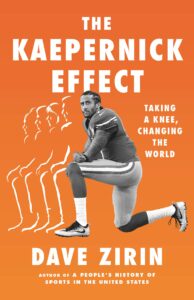 In 2016, amid an epidemic of police shootings of African Americans, the celebrated NFL quarterback Colin Kaepernick began a series of quiet protests on the field, refusing to stand during the U.S. national anthem. By “taking a knee,” Kaepernick bravely joined a long tradition of U.S. athletes making powerful political statements. This time, however, Kaepernick’s simple act spread like wildfire throughout U.S. society, becoming the preeminent symbol of resistance to the United States’ persistent racial inequality. [From the publisher.]
In 2016, amid an epidemic of police shootings of African Americans, the celebrated NFL quarterback Colin Kaepernick began a series of quiet protests on the field, refusing to stand during the U.S. national anthem. By “taking a knee,” Kaepernick bravely joined a long tradition of U.S. athletes making powerful political statements. This time, however, Kaepernick’s simple act spread like wildfire throughout U.S. society, becoming the preeminent symbol of resistance to the United States’ persistent racial inequality. [From the publisher.]
This extraordinary book is the essence of “people’s history.” So much of what’s been written about Colin Kaepernick focuses on his struggle with NFL owners, his impact on other pro athletes, or the debate in the media. Through extensive interviews with high school and college students around the country, the bulk of The Kaepernick Effect is dedicated to understanding how young people were inspired to launch a social movement from below. Dave Zirin defines what the “Kaepernick effect” is in the introduction to the book:
When this project began, “The Kaepernick Effect” referred, in my mind, to the forgotten hundreds if not thousands of young athletes who took a knee during the national anthem in protest of racism and police brutality. They were, of course, echoing the actions of former San Francisco quarterback Colin Kaepernick. . . But now, after interviewing many of these people across the United States, I understand that the “The Kaepernick Effect” was not the result of someone else’s protest, but a cause, a catalyst for something far greater. It was the warning for a future that came to pass after the police murder of George Floyd, coming on the heels of the murders of Ahmaud Arbery and Breonna Taylor.
The uprising for Black lives that occurred in 2020 — the broadest protest in U.S. history — is incomprehensible without an understanding of the way thousands of youth athletes from around the nation transformed sports from an escape to battlefield for racial justice. As Seattle’s Garfield High School alum Jelani Howard says in the book about his football team’s decision to take a knee during the National Anthem, “It was the whole team, even the managers and even the cheerleaders started taking a knee. . . People would comment on it saying nasty or disrespectful things. Then there was the one morning where our head coach didn’t show up and everybody was just confused. He had finally got there like an hour late and he told us that somebody had slashed his tires. That’s when everybody knew, wow, this is real.”
However, as Jelani told Zirin, “It’s something that I’ll always be able to tell my kids. I did something that I will always remember, because it showed me that if you want to stand up for something, just go do it. Nobody thought that 15, 16, 17-year old kids would be able to help lead a movement.”
The protest of the Garfield football players spread to the Girls’ softball team who all took a knee and even won the state championship. Softball player Janelle Gary explained, “People say negative things to try to scare you on purpose, but if you’re able to persevere through that — like in the days of the civil rights movement — I feel like you’re going to see more change.”
Dave Zirin, The Nation’s sports editor, is one of UTNE Reader’s “50 Visionaries Who Are Changing Our World” and is the author of ten books (including The Kaepernick Effect and A People’s History of Sports in the United States).
ISBN: 9781620976753 | The New Press
Read an excerpt from the book in Sports Illustrated
Five years after @Kaepernick7 first took a knee during the national anthem, before a quiet preseason game on Sept. 1, 2016, @EdgeofSports explores the “Kaepernick Effect” with the first team that followed his lead: https://t.co/W6I7zo2N2T pic.twitter.com/jGRN8x4loU
— Sports Illustrated (@SInow) September 1, 2021

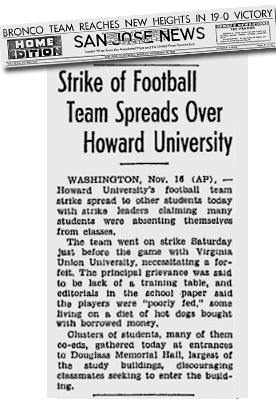
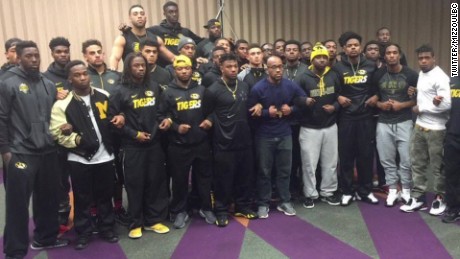



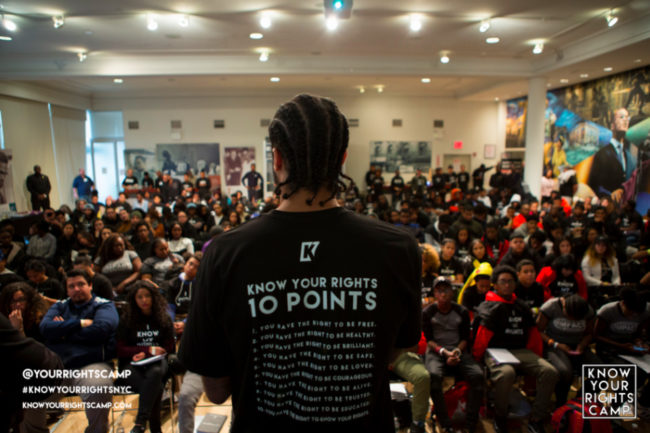
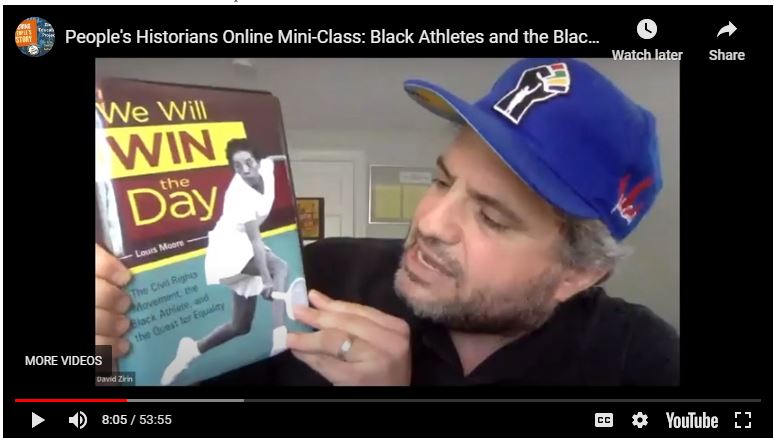







Twitter
Google plus
LinkedIn